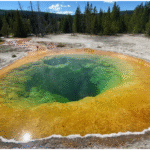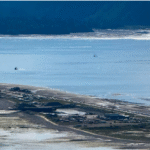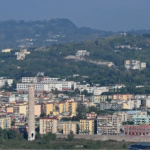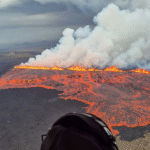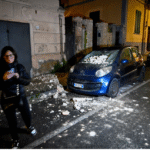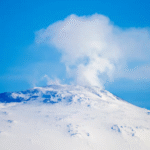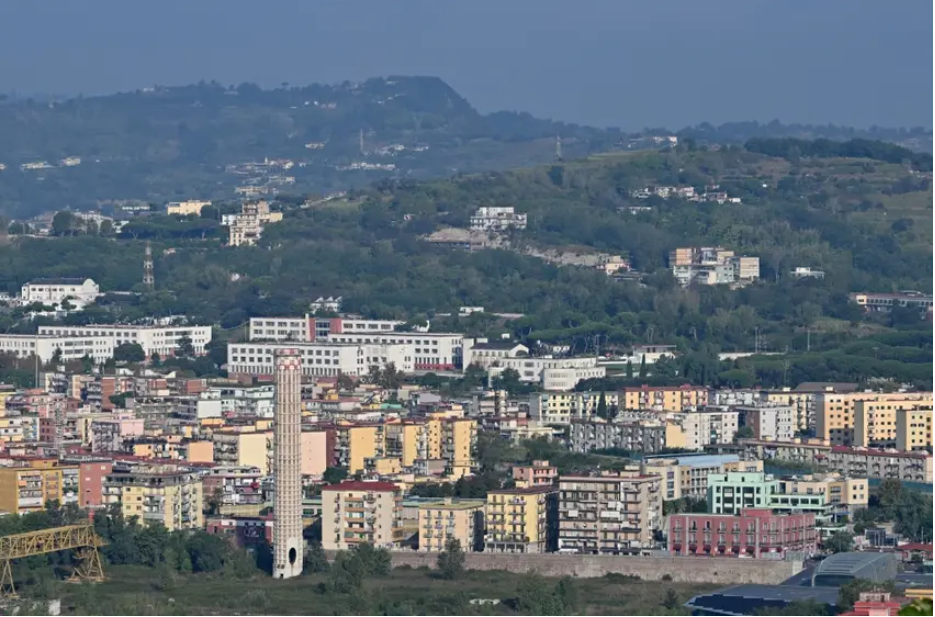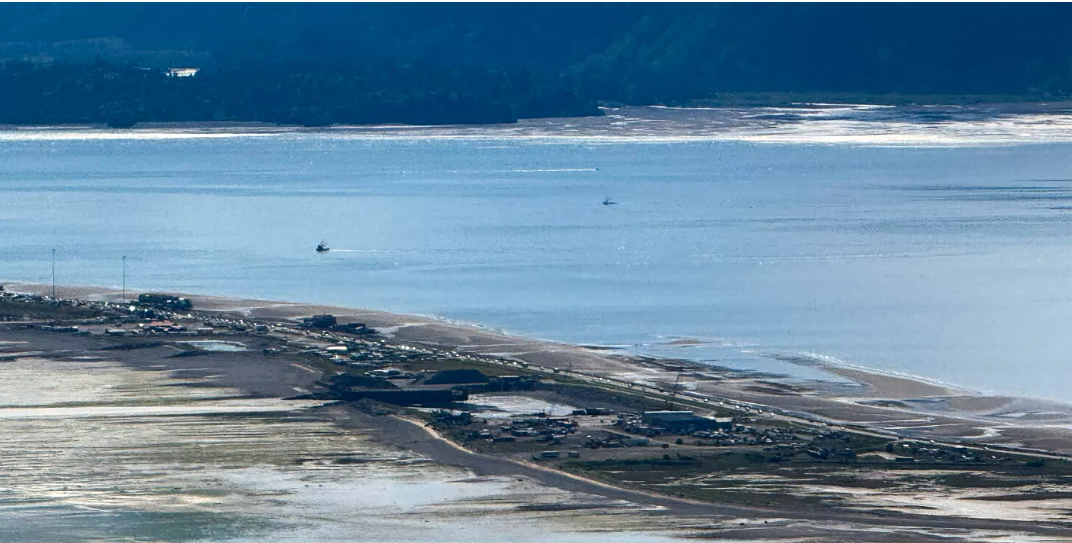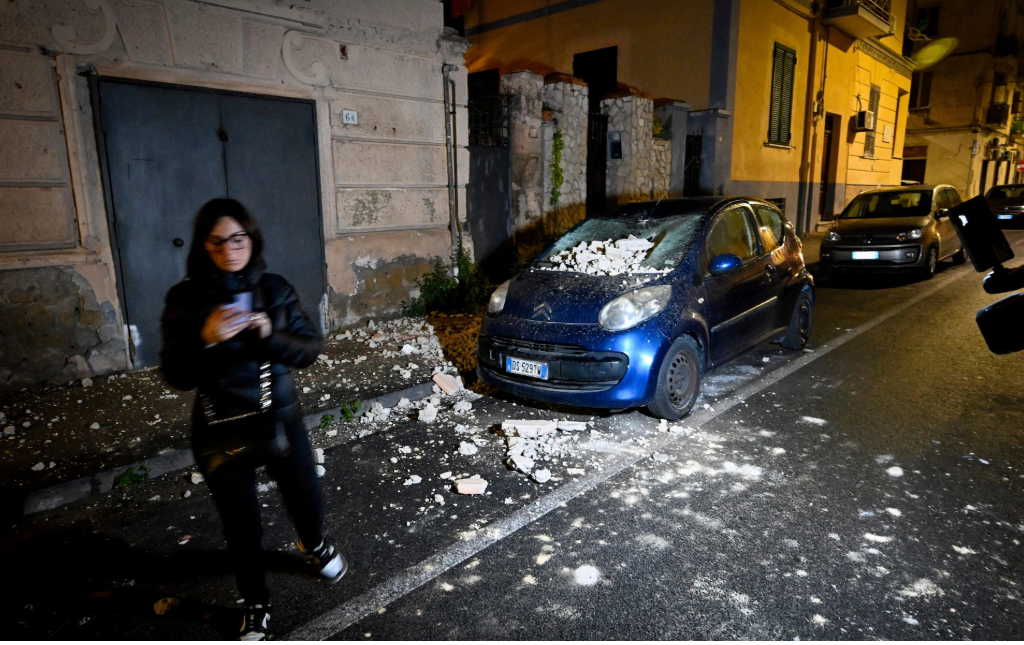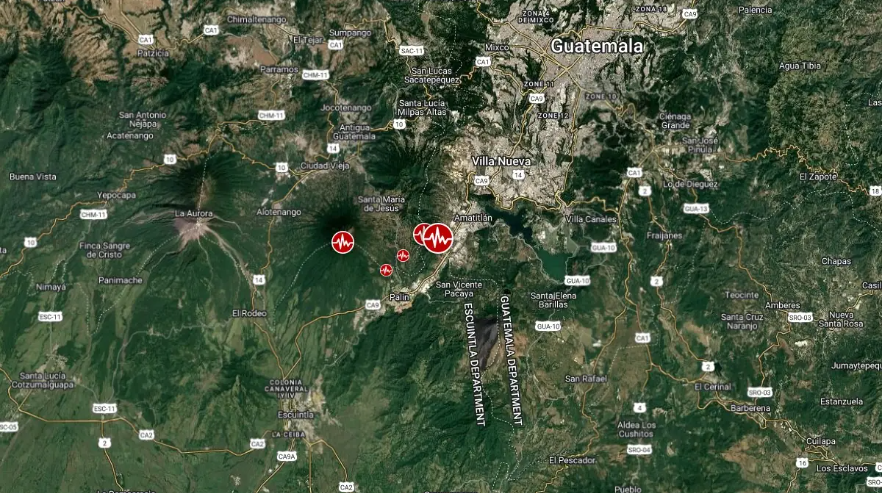The Morning Everything Shook
Living near Vesuvius, you grow used to rumbles, but today was different. At 9:14 AM (or 9.14am if you check Italian media), a strong tremor hit—magnitude 4.0. I was sipping coffee in Vomero when the earth shakes began. My wardrobe moved violently, and a loud, clear boom echoed. Across Naples, panic surged. Residents in historic center, Ponticelli, Capodichino, and Secondigliano flooded the streets. Social media exploded: “Terrifying!” wrote one; “Whole building shaking!” another. The epicenter? Just 3 km deep in Pozzuoli’s Dazio area, part of the restless Campi Flegrei volcanic region.
Fear was palpable, but damage? Initial reports showed no immediate damage. The fire department got no calls, and mayors like Luigi Manzoni (Pozzuoli) and Josi della Ragione (Bacoli) confirmed no damage to people or property in their municipalities. Still, safety protocols kicked in: Federico II University in Fuorigrotta was evacuated, and train circulation halted on Cumana and Circumflegrea lines (per EAV). Trenitalia suspended high-speed, intercity, and regional rail services too. By 10.45am, services resuming, but delays of 90 minutes lingered. Over at INGV site, accessing seismic event data was impossible—their page crashed, overwhelmed by traffic.
Why the Ground Won’t Stay Still
As a geologist who’s monitored this region for years, today’s quake fits a pattern. Campi Flegrei isn’t just any volcano—it’s a supervolcano with a volcanic caldera (a basin-like depression from ancient volcano collapses). Half a million people live here, atop magma and hot gases driving bradyseism: that’s slow, vertical movement of Earth’s surface. Mauro Antonio Di Vito from Vesuvian Observatory confirmed today’s seismic event stemmed from ground uplift process at Rione Terra, stressing Earth’s crust at 1.5 centimeters per month. Degassing remains sustained, amplifying seismic swarms like today’s ten tremors.
Francesca Bianco (head of Volcanology Department) calls this the engine behind recent quakes. Since May, we’ve seen strong seismic activity: a 4.4 quake on May 13th, then a violent 4.6-magnitude quake on June 30th—the strongest in 40 years. Yet Italian scientists stress an imminent volcanic eruption is unlikely. Maximum ground acceleration map data shows rapid attenuation; shaking eased quickly in Bagnoli district and Pozzuoli area. Still, fears linger. After all, the last volcanic eruption here was in 1538, and ongoing bradyseismic crisis since 2005 keeps nerves frayed.
Infrastructure on Alert, Life Adapting
Authorities didn’t take chances. Civil Protection Agency and officers ran initial checks on local infrastructure. Anas deployed procedures to inspect highway structures: State road 7 Quater “Domitiana”, State road 686 “di Quarto”, State road 162dir “del Centro Direzionale”, and State road 162NC “Asse Mediano” near Giugliano in Campania. Relief—no anomalies. Traffic stayed regular. Meanwhile, Campi Flegrei Archaeological Park closed its Park’s sites to the public, posting updates on Facebook about reopening and scheduled events. The reception center on Via Terracina also closed, though former NATO base markets saw no disruptions.
Italy Situation Room echoed Civil Protection:
Zero panic in Naples. No reports of major damage.
From Quarto to Arzano, Torre del Greco to inland areas, life paused, then adapted. In my district, we’ve learned: when earthquakes strike, safety isn’t luck—it’s preparation.
